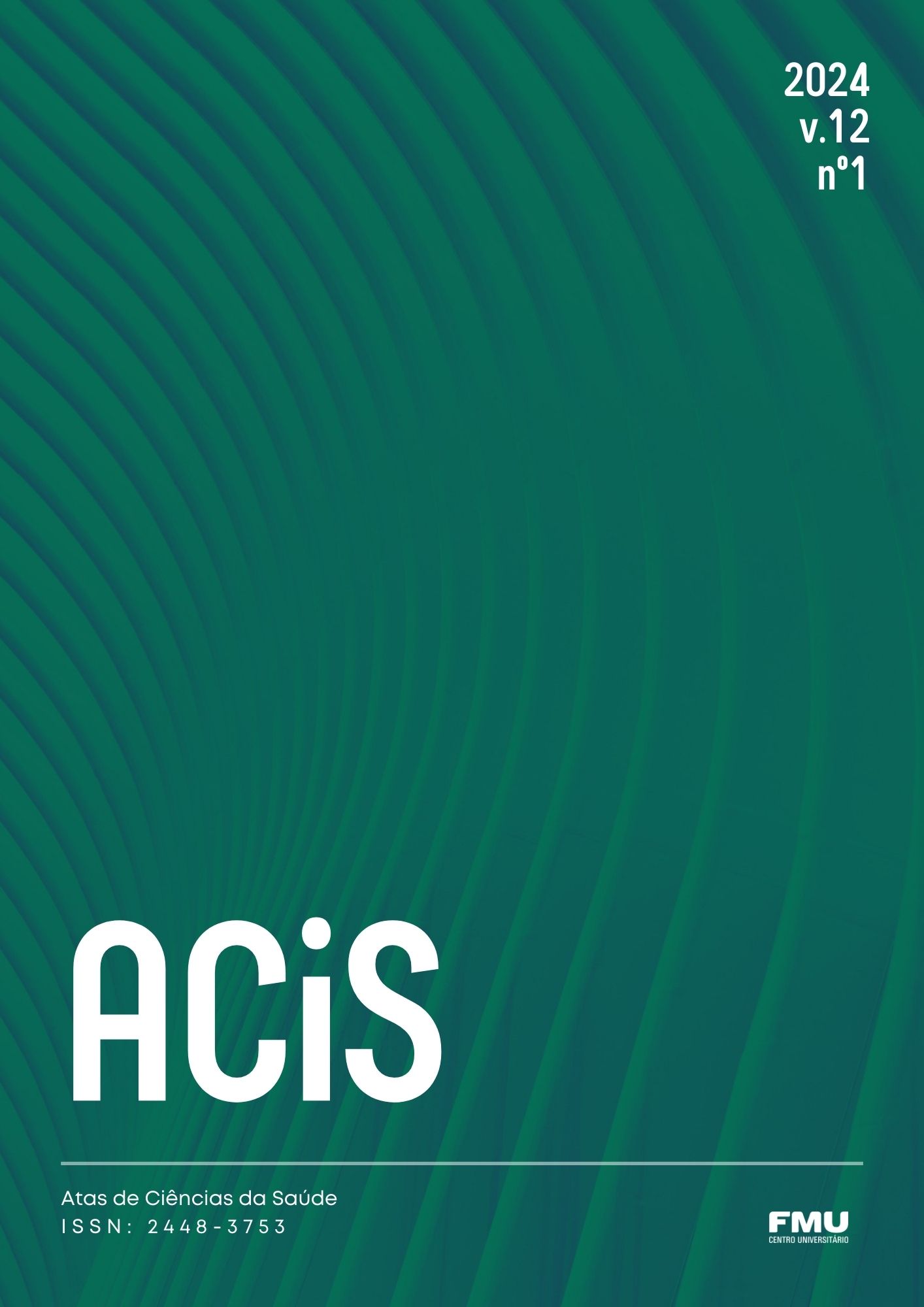Clinical aspects and treatment of Benign Paroxysmal Positional Vertigo in Children
Abstract
Benign Paroxysmal Positional Vertigo (BPPV) is a common vestibular disorder caused by the displacement of calcium carbonate crystals from the utricle into the semicircular canals. The main symptoms include vertigo, positional nystagmus, instability, nausea, and dizziness-related anxiety. While BPPV is more common in adults, studies indicate that the condition can also occur in children. In this population, it impacts their quality of life, learning process, socialization, and language acquisition. The aim of this study is to evaluate the clinical aspects and treatment of Pediatric BPPV. We used an integrative review of recent literature on the subject as the method. The main results and conclusions point to the existence of etiological and pathophysiological specificities in Pediatric BPPV. Similarly, although the prevalence of BPPV is lower in children compared to adults, there may be underdiagnosis due to the difficulty children face in reporting their symptoms and the lack of adequate preparation among healthcare services to screen for the condition. Positional maneuvers are the main form of treatment for Pediatric BPPV, as they are for adults, taking into account the identified pathophysiological differences.
Published
Issue
Section
License
Copyright (c) 2024 Sérgio Rodrigues Araújo, Gabriel David Gonçalves da Silva, Geovanna Beatriz Santos da Silva, Juliani Cristini Fernandes, Luciana Cristina da Costa, Adriana Marques da Silva

This work is licensed under a Creative Commons Attribution-NonCommercial 4.0 International License.
Autores que publicam nesta revista concordam com os seguintes termos:
- Autores mantém os direitos autorais e concedem à revista o direito de primeira publicação, com o trabalho simultaneamente licenciado sob a Licença Creative Commons Attribution que permite o compartilhamento do trabalho com reconhecimento da autoria e publicação inicial nesta revista.
- Autores têm autorização para assumir contratos adicionais separadamente, para distribuição não-exclusiva da versão do trabalho publicada nesta revista (ex.: publicar em repositório institucional ou como capítulo de livro), com reconhecimento de autoria e publicação inicial nesta revista.
- Autores têm permissão e são estimulados a publicar e distribuir seu trabalho online (ex.: em repositórios institucionais ou na sua página pessoal) a qualquer ponto antes ou durante o processo editorial, já que isso pode gerar alterações produtivas, bem como aumentar o impacto e a citação do trabalho publicado (Veja O Efeito do Acesso Livre).





